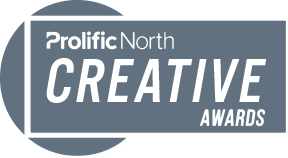The easiest way to sell something new is to make an aspect of it feel like something old.
We find comfort in the familiar. It gives us an anchor, so we can focus on what is fresh and innovative without feeling lost.
In product design this is known as skeuomorphism. Objects are given attributes that evoke the past. This blurs the line between how things have been and how they are going to be. It makes change less abrupt.
And so when personal computers were designed for mass adoption a range of visual metaphors were used to help early users understand their new screen-based environment.
Files were kept in folders which in turn could be placed on a desktop, which is where you would also find – oddly enough – your trash can.
Apple took the same approach when they sought to get people on board with using touch screens.
The original iPhone notes app was designed to look like a paper pad; the settings menu featured what looked like sliders in a groove; and the first iteration of the calculator app resembled a real world equivalent designed by Dieter Rams for Braun in 1977.
While some of the more gaudy effects were later toned down or removed in favour of a more contemporary look, skeuomorphism as a concept shows no sign of dying off, as can be seen in the emerging market for electric cars.
People have pretty fixed ideas about how cars ought to look, especially at the luxury end of the market.
Tesla stuck to these standard principles so tightly in the early days that from the outside it was not at all obvious that their vehicles were powered in a new way.
But as acceptance and awareness of electric cars has grown, so too has confidence in the way they are designed.
It is interesting to see, for example, that the latest Teslas have done away with the functionally unnecessary front grilles that were present on prior models.
We have been here before, of course.
Take a look at early designs for cars and they are essentially horse-drawn carriages, minus the horse.









